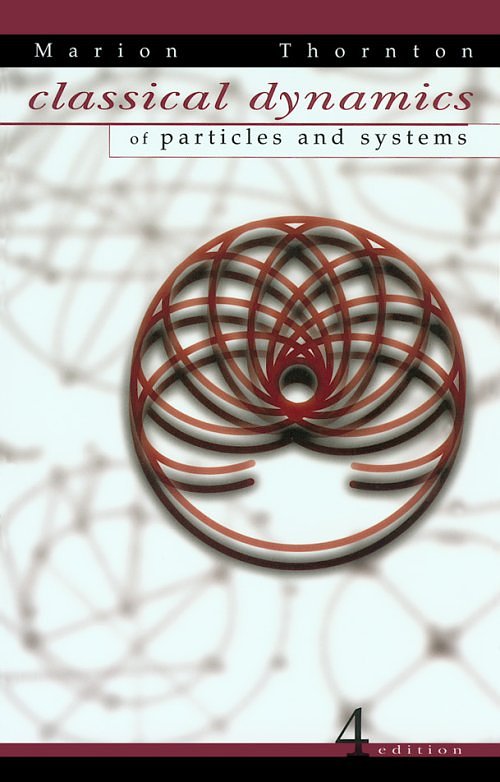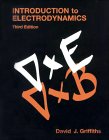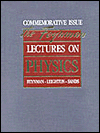



Credit:
3 semester hours.
Pre-requisites:
PHY-3221 and PHY-4323: Intermediate Mechanics and Electromagnetism
Co-requisites:
None
The aim of the course is to expose senior undegraduate students to some of the formal aspects of Classical Mechanics (such as Lagrangian and Hamiltonian formulations) and Electromagnetism. Initially, special emphasis will be placed on using these formulations of Classical Mechanics to describe the motion of a charge particle in the presence of an external electromagnetic (EM) field. In the second part of the course we will concentrate on studying the physical meaning of the four Maxwell's equations, culminating with a discussion of Maxwell's greatest achievement: the unification of electricity and magnetism. After that, Einstein comes into play. We will introduce the important postulates of the Special Theory of Relativity and come to the realization that Newtonian Mechanics is not consistent with these postulates. We will modify the theory accordingly, and after some examples and applications, we will return to electrodynamics to show that Maxwell's equations are indeed consistent, without any modification, with the postulates of the Special Theory of Relativity. We will use a powerful covariant (frame-independent) approach to show the consistency between Maxwell's equation and the Special Theory of Relativity. Finally, we will conclude the semester with selected applications, such as radiation and the dynamics of moving charges.
Course Outline:
| Hamilton's Principle - Lagrangian and Hamiltonian Dynamics | Chapter 7 (T&M), Note |
| Lagrangian and Hamiltonian for a charged particle in an EM field | Notes 1, 2, Chapter 8 (T&M) |
| Maxwell's Equations | Chapter 7 (Griffiths) |
| The Special Theory of Relativity | Chapter 14 (T&M), Notes, 2D |
| Electrodynamics and Relativity | Chapter 12 (Griffiths), Notes |
| Special Topics (Electromagnetic Waves, Radiation, etc.) | Chapter 9,10,11 (Griffiths) |
Homeworks
| Number 1 |
Solutions: 2
, 3.1
, 3.2
, 3.3
|
| Number 2
|
Solutions: 4.1
, 4.2
, 4.3
, 5.1
, 5.2
, 5.3
, 6
|
| Number 3
|
Solutions: 7.1
, 7.2
, 8.1
, 8.2
|
| Number 4
|
Solutions: 9
, 10
, 11.1
, 11.2
|
| Number 5
|
Solutions: 13.1
, 13.2
, 13.3
, 13.4
, 14.1
, 14.2
, 14.3
|
|
Number 6
|
Solutions: 15
, 16
|
|
Number 7
|
Solutions: 17 and 18
|
|
Number 8
|
Solution: 19
|
|
Number 9
|
Solution: 20
, 20_21
, 22
, 23
|
|
Number 10
|
Solution: 24.1
, 24.2
, 25.1
, 25.2
|
|
Number 11
|
Solution: 26
, 27
, 28.1
, 28.2
|
|
Number 12
|
Solution: 29.1
, 29.2
|
|
Number 13
|
Solution: 30
, 31.1
, 31.2
, 32.1
, 32.2
|
Exams
|
Midterm (March 1) |
Solutions: 1, 2, 3. |
| Final (April 29) | Solutions: 1, 2, 3. |
Textbooks:
S.T. Thornton and J.B. Marion,
Classical Dynamics of Particles and Systems
, Fifth Edition (Harcourt College).
David J. Griffiths,
Introduction to Electrodynamics, Third Edition (Prentice
Hall).
Reference
books:

Evaluation of Performance:
The course grade will be
based on homework assignments, classwork (participation and presentations
of homworks or other topics), a midterm exam, and the final exam.
There will be one homework set of about three problems each per week.
All problems have to be solved and the assignment must be turned in every
Monday at the end of class at the latest. Discussions of the homework
problems among students are encouraged - but each student must turn in
his/her own assignment and be able to explain his or her solution to the
rest of the class. The instructor will post solutions
after the homework is returned.
Assessment and Grades:
| Homeworks | 40% |
| Class Work (participation and presentations) | 15% |
| Midterm (March 1) | 15% |
| Final Exam | 30% |
| A>90%, A->86%, B+>82%, B>72%, B->68%, C+>64%, C>54%, C->50%, D>25%, F the rest. |
Grader:
Khaled Al-Hassanieh.
Office hours Thursdays 12:30-13:30 at CSIT 421D DSL.
E-mail: khaled@magnet.fsu.edu
Academic Honor Code:
Students are expected
to uphold the Academic Honor Code published in he Florida State University
Bulletin and the Student Handbook. The first paragraph reads: The Academic
Honor System of Florida State University is based on the premise that
each student has the responsibility (1) to uphold the highest standards
of academic integrity in the student's own work, (2) to refuse to tolerate
violations of academic integrity in the University community, and (3)
to foster a high sense of integrity and social responsibility on the
part of the University community.
ADA Statement:
Students with disabilities
needing academic accommodations should: a) register with and provide
documentation to the Student Disability Resource Center SDRC; b) bring
a letter to the instructor from SDRC indicating that you need academic
accommodations. Please do this during the first week of class.